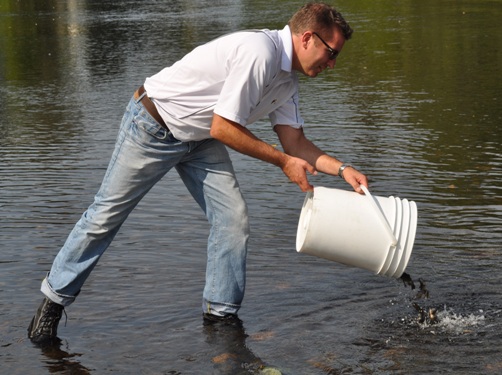One of the most prominent Australian miners in Africa said this week global equity markets should not under-estimate the economic powerhouse that mining can deliver to the continent.
Addressing the Paydirt 2015 Africa Down Under Conference in Perth, Australia, Resolute Mining CEO, John Welborn, told delegates that the business juggernaut that is now China, had to be contrasted to 1978 when it was one of the poorest countries in the world.
“Take that same scenario to Africa and by 2040, Africa is projected to have more than one point one billion people of working age,” Welborn said.
“The challenges that poses specifically for Africa are energy, skilled workers, infrastructure, access to capital, political stability, social licence to operate and productivity issues.
“What the mining industry can do to deliver a better Africa is to attract capital and international finance, ensure transparent negotiations and mining agreements, create jobs and skills, support local industry, build and transfer infrastructure, pay taxes and support a framework for economic advancement.”
























